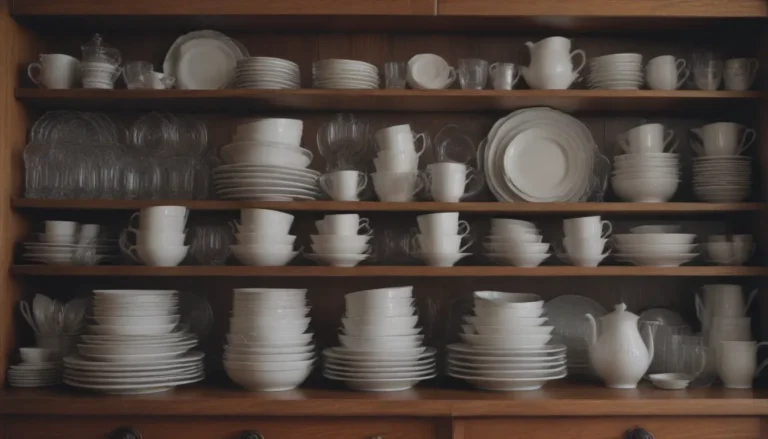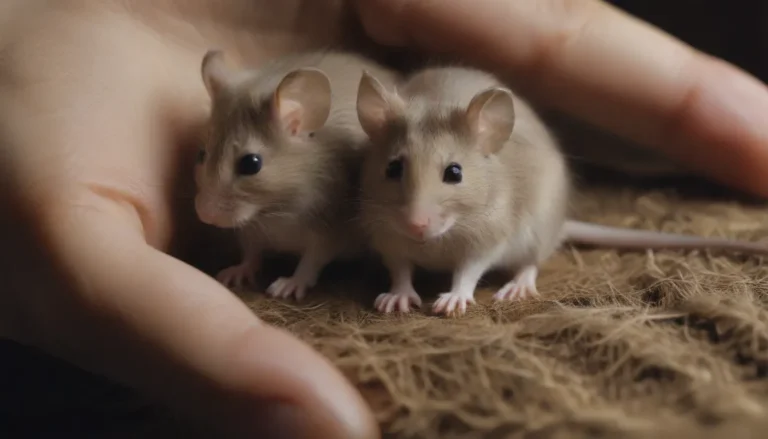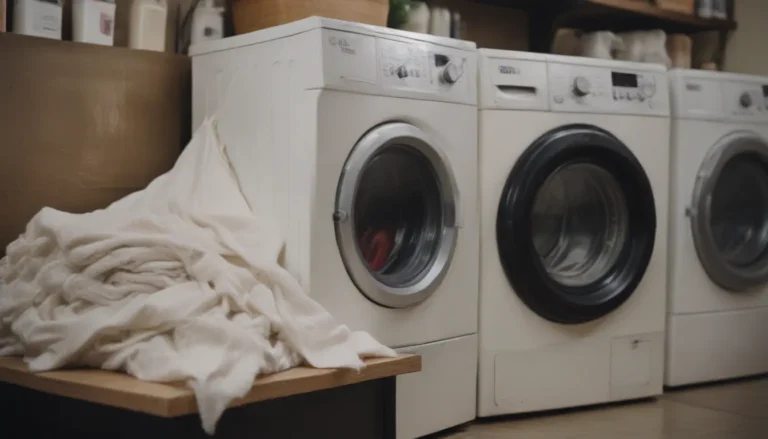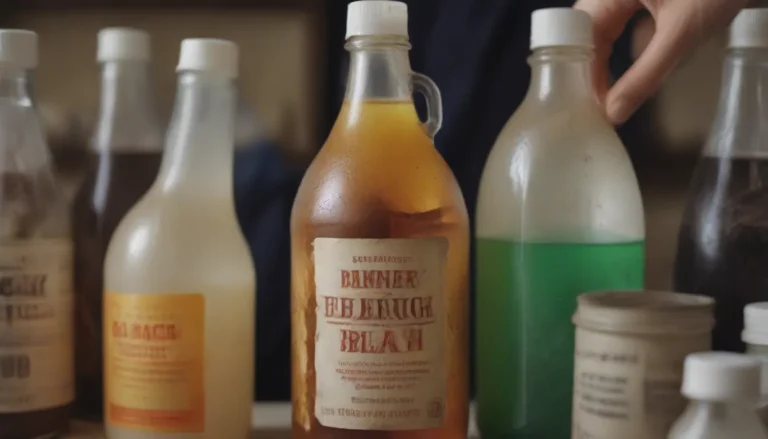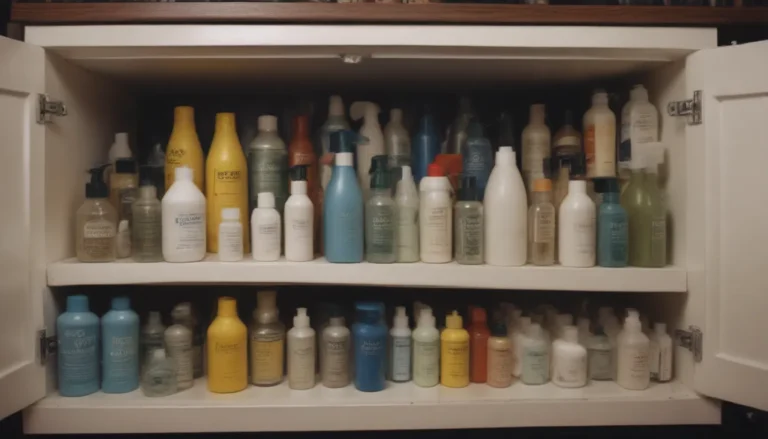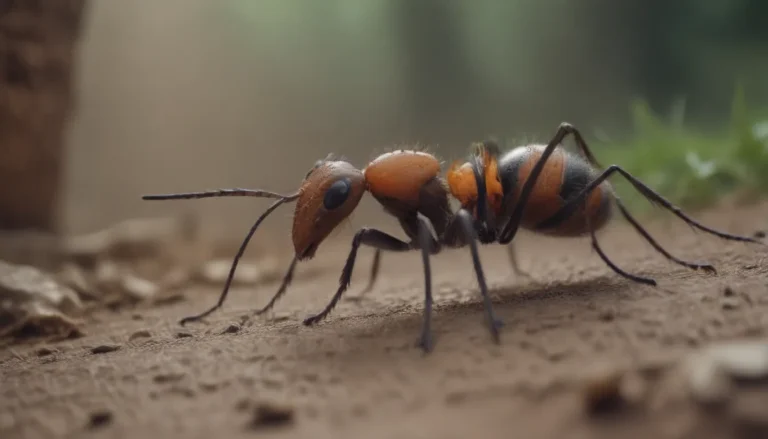The Ultimate Guide to Decluttering and Organizing Toys

Are you overwhelmed by the mountain of toys that seem to be taking over your home? It’s time to declutter and get organized! From birthdays to holidays, toys can accumulate quickly, making it essential to stay on top of decluttering and organization to maintain a peaceful environment for both you and your little ones.
In this comprehensive guide, we will walk you through the steps on how to declutter toys effectively and keep them organized. We’ll also share expert tips from Carrie Ypma, founder of Clutter Keeper. Let’s dive in and transform your chaotic toy mess into a streamlined, clutter-free space that fosters creativity and play.
Why Decluttering Toys is Important
A cluttered space can be overwhelming and over-stimulating, not only for adults but also for children. Research has shown that fewer toys can lead to richer and more creative play for kids. Carrie Ypma emphasizes the benefits of decluttering for children, stating that it can enrich their playtime and create a more peaceful home environment.
By involving your kids in the decluttering process, you can teach them valuable lessons about decision-making, organization, and the importance of sharing with others. Letting go of excess toys helps kids appreciate and value the toys they choose to keep.
Step 1: Observe Toy Usage
Before diving into decluttering, take some time to observe how your children interact with their toys. Are there toys that are consistently played with, while others gather dust in the closet? Assess if there are toys that need repairs or new batteries that can reignite interest in them. Observation will help you identify the toys that are loved and those that can be let go.
Step 2: Gather All Toys
Next, gather all the toys in your home into one central location. Seeing all the toys together will give you a better understanding of the quantity and variety of toys your family owns. It may surprise you just how many toys have accumulated over time.
Step 3: Sort Toys by Category
Once you have all the toys in one place, categorize them based on their usage and purpose. Sorting toys into categories will help you visualize the types of toys you have and identify any categories that may be excessive. Some categories to consider include:
- Building blocks
- Dolls or stuffed animals
- Art supplies
- Educational toys
- Outdoor toys
Step 4: Declutter by Category
With the toys sorted into categories, it’s time to declutter. Involve your kids in the decision-making process to teach them about letting go and the joy of sharing with others. Set limits for each category to create boundaries and prevent excessive toy accumulation. Once you have decided on the toys to keep, go through the items to donate, sell, recycle, or discard.
Carrie Ypma recommends donating gently used toys to local shelters, preschools, church charities, as well as organizations like Goodwill or the Salvation Army. Ensure that the toys are in good condition before donating them.
Tip: If you’re unsure about certain toys, pack them away for 1-2 months. If your kids don’t ask for them during that time, they can be safely donated.
Step 5: Reorganize and Store
After decluttering, it’s time to reorganize the remaining toys. Keep toys sorted by category and store them in dedicated spaces like baskets, bins, or shelves. Clear bins are recommended as they allow both you and your kids to see what’s inside easily.
Creating zones within your child’s room or play area, such as a reading nook or art corner, can encourage different types of play in designated spaces. This organization system will make it easier for kids to find and put away toys, maintaining a clutter-free environment.
Tips for Maintaining Toy Organization
- Build an organization system based on your lifestyle: Customize your toy storage system to suit your daily routines and habits.
- Change your buying habits: Before purchasing new toys, consider the impact on your current organization system and whether the toy is truly needed.
- Donate a toy for every new purchase: Implement a rule where for every new toy bought, an old one is donated to prevent unnecessary accumulation.
By following these tips and strategies, you can effectively declutter and organize your kids’ toys, creating a harmonious and organized play space that fosters creativity and learning. Remember, the key to maintaining a clutter-free environment is consistency and involving your kids in the process. Happy decluttering!
In conclusion, decluttering and organizing toys can have a positive impact on your home environment and your children’s play experiences. By following the steps outlined in this guide and incorporating expert tips, you can create a functional and clutter-free space that promotes creativity and play. Get started today and transform your toy chaos into an organized and peaceful oasis for your family.
